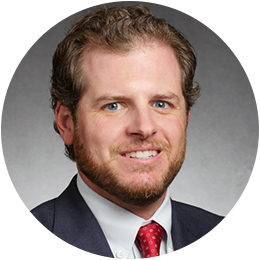
Risky Business: How Strong Are Your Provider Validation and Monitoring Operations?
Constant change is the “new normal” in healthcare. Remarkable and ever-advancing technology to provide outstanding patient care and achieve positive outcomes debuts seemingly every day, for instance. At the same time, rule and regulations continue their proliferation as well, and nowhere is that more evident than in the provider validation and monitoring space.
Validating a provider, alongside monitoring for sanctions and exclusions, is one of the most important functions a practice can perform. The risks in this area, financial and otherwise, are huge. And with regulation monitoring pretty much a full-time job, how can you stay on top of getting the most up-to-date information quickly at the outset, and then on a regular basis?
Data-Source Lists Continue to Expand
For starters, how current is your source list for validation information? If you’re using an external provider, how current is theirs? Not so long ago, a basic checklist of physician information from licensing and specialty boards, as well as a dive into the Office of Inspector General’s (OIG) List of Excluded Individuals and Entities, General Services Administration's System for Award Management (SAM) database and state Medicaid exclusion lists, coupled with a general background check with law enforcement and credit bureaus, would carry the day.
Now, not so much. Add to those items several newly created federal and state sanction sites, as well as affiliation sites. Big picture? There’s more available data than ever before, and it’s safe to assume more is on the way. A static approach to validation and monitoring will not suffice.
That said, what does a more robust solution look like? What does it need, and how can it be scalable to not become outdated in a short period of time? It’s easy to become scared into inertia by the issue’s complexity, so let’s explore the landscape and uncover a path forward.
Verification Systems are Not All the Same
There also are plenty of companies offering solutions, and they are nowhere near equal. Some low-cost systems simply provide a “data dump” of information on the name you provided, and it’s on your team to sort through it and see if it all relates to the provider you’re vetting.
Others will provide information on a more sporadic basis rather than perform a more frequent combing of records, meaning you could have an excluded individual on your payroll, and providing services, that will turn out to not only be non-reimbursable but could open you up to fees or sanctions. In either case, you’re utilizing a solution that is anything but when it comes to safeguarding the practice and its operations.
A Single-Source Solution Exists
As is usually the case, the most comprehensive solution is the best one. That’s why CredentialStream was created to manage all credentialing, validation and enrollment needs. Validate is connected to more than 1,500 databases to deliver real-time verification from primary sources such as OIG and SAM, as well as the Social Security Death Master File. That means fast and thorough validation and monitoring of license, sanction and exclusion data for any and all physicians and employees.
